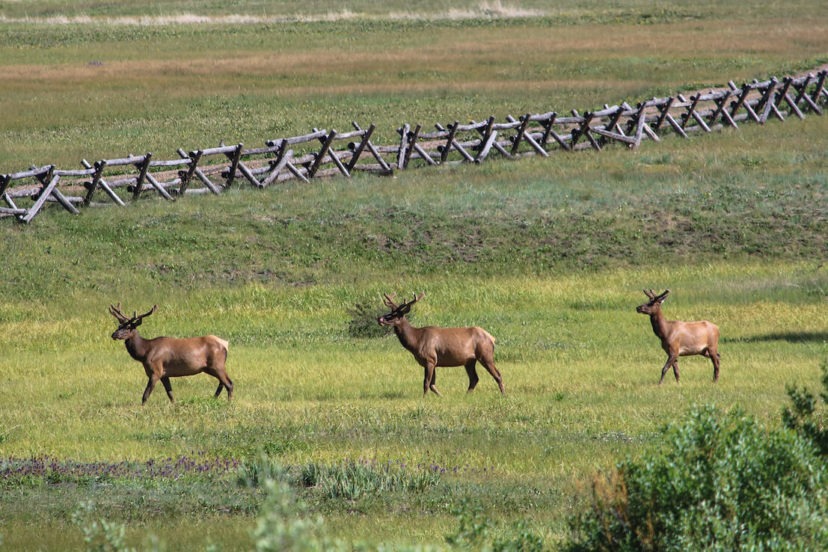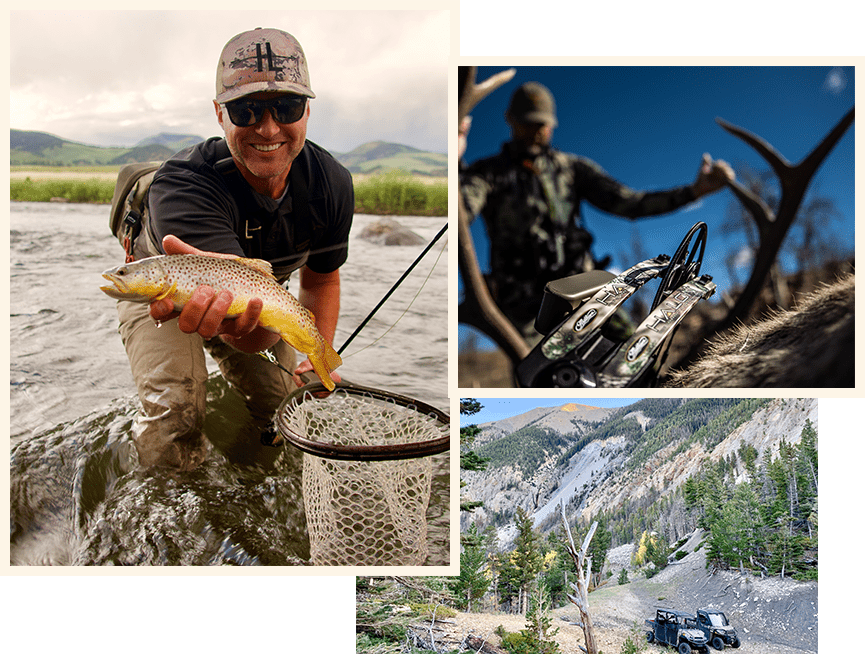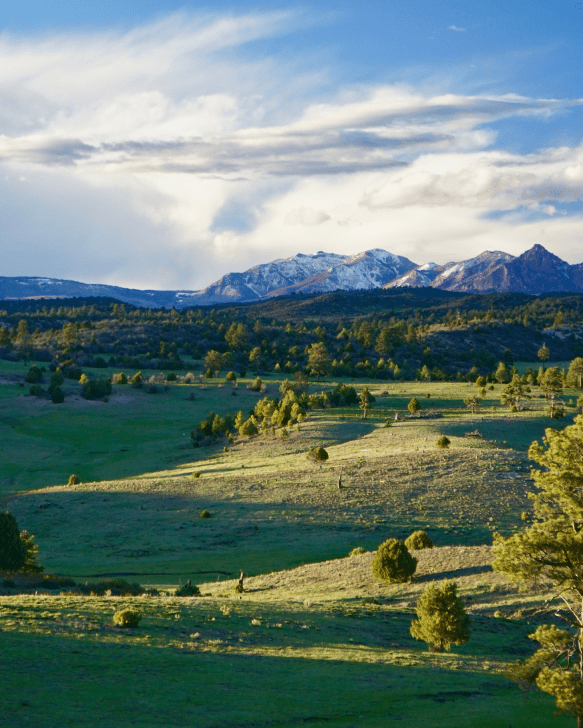Ranch owners can improve the value of their rural property and keep one of their assets healthy and happy at the same time. How so? Consider fencing that reduces the chances of injury and death to wildlife, including important game animals, like elk, moose, deer and pronghorn.
And, yes, wildlife on a ranch is a definite asset, particularly if you like to hunt, or wish to lease hunting access to those who hunt. Protecting game herds that migrate through private property is good for the environment and good for the ranch’s bottom line.
In today’s ranching landscape, possessing important wildlife habitat is good for the market value of property. And, like it or not, fencing meant to keep livestock in can be harmful to migrating game herds. For ranch owners, it makes sense to choose fencing that contains cattle and horses but also allows for easy movement for wild game.
Is wire good wildlife friendly fencing?
Many ranch owners choose wire fencing because it’s more affordable than other options. Wire, particularly wire higher than 42 inches, can prove fatal to wildlife. That doesn’t mean ranchers shouldn’t use wire. It’s been used on private land in the West for generations. But the right wire matters. If it’s too high, or strung too loosely, it creates a barrier for migrating game herds. Also, barbed wire can inflict serious wounds on otherwise healthy animals. These wounds can fester and eventually kill wild animals.
Ranchers need to find the right balance between a wire fence that keeps livestock contained, and a fence that allows wildlife to move through. Deer, elk, moose and pronghorns can and do clear most wire fences. But making sure the wire isn’t too high is important.

Maintaining a wire fence is vital. Tightly strung wire reduces the chances of wild animals becoming entangled and incurring injury or even death. When possible, ranchers should choose smooth wire instead of barbed wire. This gives wild animals a better chance of migrating through ranch property unharmed.
A well-maintained smooth-wire fence is a good cattle fence. Barbed wire can still be used, but ranchers should consider making the top and bottom rows of wire barbless (pronghorn will almost always choose to crawl under a fence rather than go over it).
Additionally, visibility matters. Place vinyl tags on fences that bisect wildlife migration routes so game animals can see the fencing and avoid getting tangled up. This is particularly important for upland game birds, like sage grouse or pheasants. If these birds can see the fences, they won’t fly into them and incur injury or even death.
During the winter, when livestock is contained in smaller pastures and given hay for feed, many ranchers simply lay their wire fences down on other areas of the ranch property. This allows deer, elk and pronghorn to move through unimpeded during the cold, lean times of the year.
What fencing is good for land conservation?
Good fencing for land conservation and wildlife migration is important. Fencing is often an afterthought when considering all of a ranch property’s improvements. But to buyers, a well-maintained fence is one of many ranch improvements they’ll consider before making an offer.
Ranchers don’t need uber-expensive crossbuck or wood fencing throughout their property. It’s important for ranchers to know their property. They should know where migrating herds tend to gather and cross their land. In those areas, the fencing should be easy for these animals to get over or under. Whenever livestock is fenced elsewhere, ranchers should lay the fencing down to allow wildlife to move through freely.
Good fencing is also a matter of placement. For instance, wire fences placed on a steep slope can be a more difficult barrier for wild game herds. Stretch fencing on level ground whenever possible. On slopes, and when practical, ranchers might consider an electrified fence that might be a bit lower. This is particularly effective in keeping horses contained while allowing deer and elk to go over or under the electrified row of wire.
Also, in areas where wildlife regularly move through in search of browse or water, ranchers should choose fencing that can handle frequent contact with wildlife. The more animals that move through, the better the chances for damage. In areas like this, consider higher-quality fencing that requires less maintenance.
Bottom line?
A good fence is one of the most important ranch resources. It doesn’t always need to be constructed of expensive material, but it does need to be regularly maintained. Keeping cattle in while allowing wildlife to move through with fewer impediments helps maintain the market value of the property.
As a rule of thumb, the top wire of a fence should be no higher than 42 inches. The top and bottom wires of a fence should be smooth wire, not barbed wire. Placing vinyl tags or other highly visible materials on fencing helps game herds and upland game birds identify fences and reduces harmful contact.
Ranchers that allow easy wildlife migration are taking care of their wildlife resources and the wildlife habitat on their property. This makes their property more valuable and more desirable, should they ever choose to list their property for sale.


